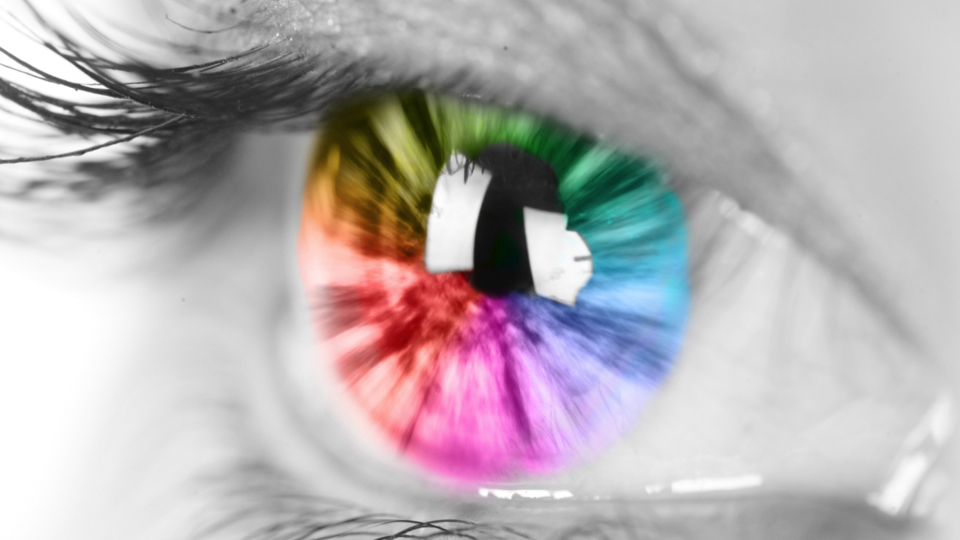The Paradox of Tetrachromacy

How much different would life be were we to add millions of more colors to our visual palette? A tetrochromat may be able to answer that question. A tetrochromat is an individual with an additional photoreceptor in their retina, allowing that person to perceive a more gradated spectrum of colors compared with the conventional trichromat. Thanks to the female’s dual X chromosome carried on each cell, this phenomenon is believed to occur only in women and not in men.
Four-coned women are not typically aware of their superior color acuity. This makes sense given that everything we see is created, produced and marketed by three-coned individuals. Indeed, human handiwork operates predominantly in a trichromatic space. Not only is it difficult to self-identify as tetrachromatic, it is just as challenging to craft experiments to ferret out these supervisual prodigies. The very nature of the phenomenon that makes it tricky to test for, a bit like someone trapped in a two-dimensional world checking for extra dimensions.
One explanation of the anomaly is that the neural connections required to bear witness to a more subtle kaleidoscope of shades may lie dormant, waiting to be activated. Perhaps it is only after focused training that women can make use of their additional sensory feedback. This hypothesis would be consistent with several studies showing that individuals who work in highly color-sensitive environments, such as textile and manufacturing, have greater color discrimination. Activation by immersion may be the best way to identify tetrachromacy.
A new piece in Discover Magazine chronicles one British scientist’s attempt to track down some of these women and untap their full visual potential.
Excerpts:
External link: The Humans With Super Human Vision
Further reading: Some women may perceive millions more colors than the rest of us. Are you one of them?
Feature image via i09


Comments